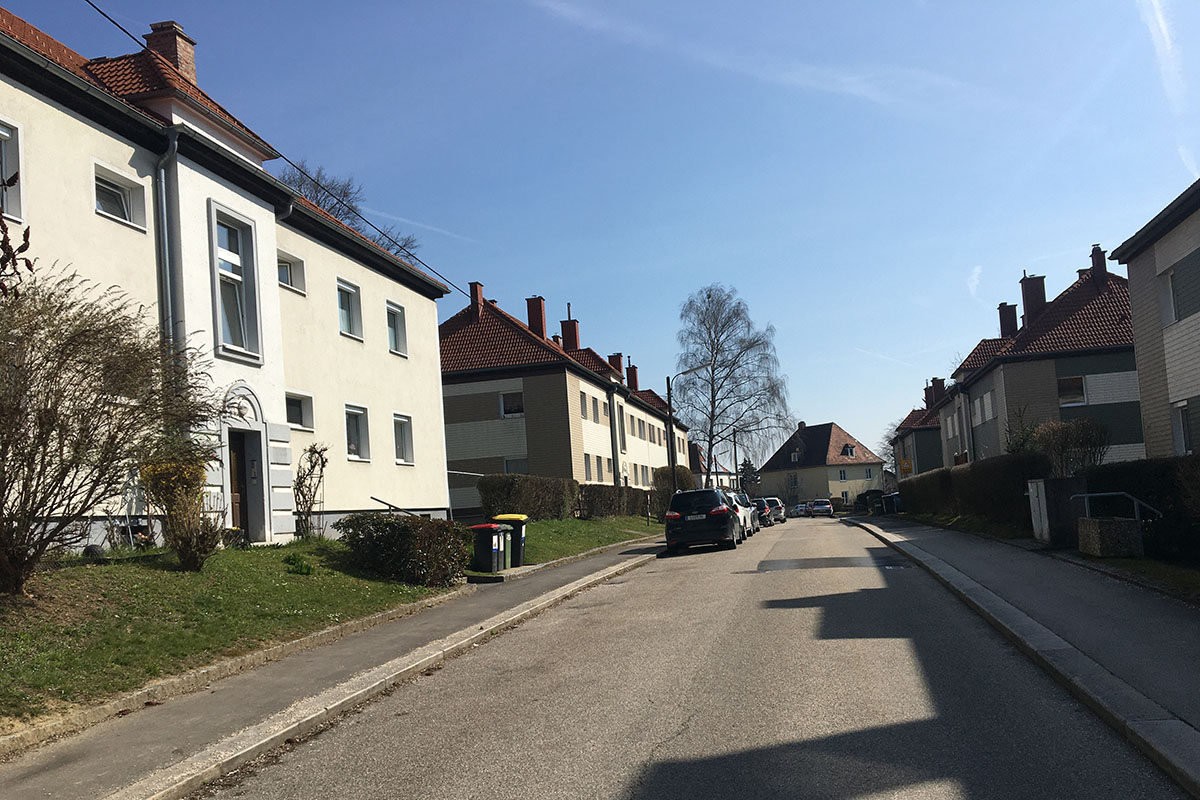Bio-based Idiolect
Linz (AT) - Winner

Michalis Ntourakos
DONNÉES DE L’ÉQUIPE
Représentant d'équipe : Michalis Ntourakos (GR) – architecte ingénieur
Joost van Geelstraat 17A1, 3021VJ, Rotterdam (NL)
0031 619 777 950
mnt.arch@gmail.com / www.ntourakos.com
PORTRAIT D'ÉQUIPE
VIDEO (par l'équipe)
INTERVIEW
Cliquer sur les images pour agrandir
1. How did you form the team for the competition?
Europan 16 has been my 5th participation in Europan as a sole author, since Europan 11 (2011). It has been part of a personal ongoing trajectory dedicated to international architecture competitions already for 10 years.
2. How do you define the main issue of your project, and how did you answer on this session main topic, Living cities?
‘Bio-based Idiolect’ finds the retro feeling of the neighbourhood worth preserving and restoring. The vision recognizes the importance of the coexistence of old & new as a central point. After all, the existing volumes were prototypes themselves decades ago. The proposal makes a fundamental choice to place any modern intervention in the inner side of the blocks thus not directly visible from the street. All the contemporary extensions facing the green will have a modern feel. ‘Bio-based Idiolect’ recognizes the ever changing conditions that affect spatial design, from demographics, to regulations and architectural trends. Four replicable prototypes of a distinct and inviting architectural language gracefully bridge the old with the new and are supported further by a permeable slow mobility network in the accessible extensive green. ‘Bio-based Idiolect’ sees the additions as a long-term yet still temporary measure (which in essence it is, since the original structures do have an expiration date). This solution overcomes demolition and extends the life of the existing volumes for the foreseeable future. The materials are chosen with a second life after their initial use in mind. Standardization and demountability will enable this reuse to take place. The additions accompany the original structures until the true end of their (renewed & extended) lifespan. This moderate densification is an ideal example of how the old can be given a fresh look to carry it through the years with minimum environmental impact.
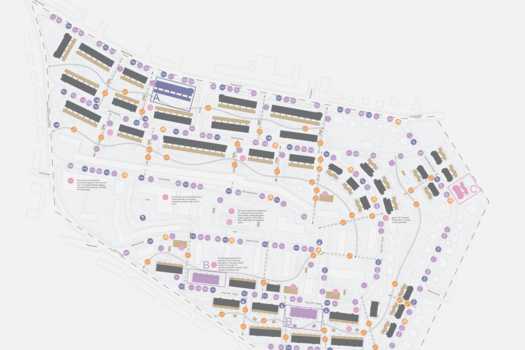
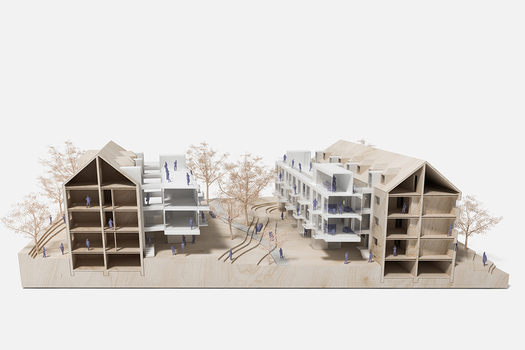
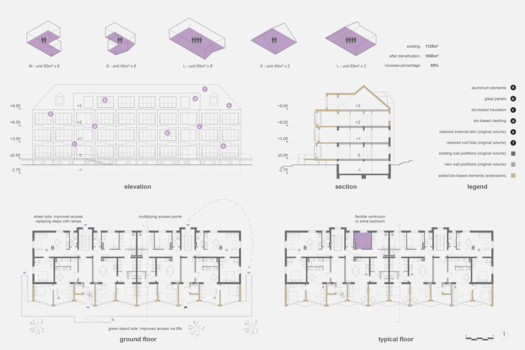
The recycling competence is actively supported by the use of standardized Bio-based materials with a second life in mind. The fortunate location of the site provides extensive green and makes the integration of nature and biodiversity a strong asset in creating a healthy green living environment. The vision finds that the dual model private vs public space in the design of larger developments is rather simplistic, outdated and frequently a missed opportunity because it overlooks the potential of in-between and transitional spaces. ‘Bio-based Idiolect’ explores the spectrum of ambiences in a wider perspective which includes the wealth of the green areas, therefore setting up the conditions for a successful mix of users and functions. It paves the way for an inclusive environment. Furthermore, maintaining the existing size and variety of units is unrealistic in regards to demographics. The current average age of the residents is reportedly high for now. Due to the densification and the influx of new residents, a decrease is to be expected. Based on this, the proposal expands the target group and therefore the variety of units to include diverse living scenarios, from starter units (young couples, single professionals) to larger family friendly units.
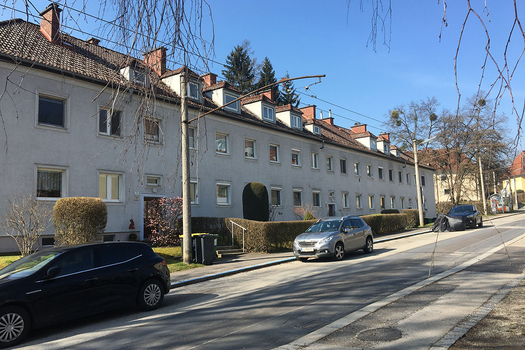
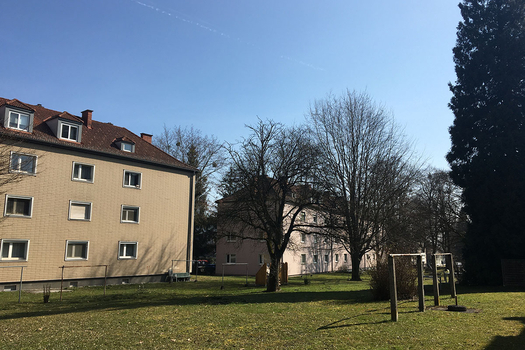

I perceive the consistent participation in architecture competitions as an evolving research trajectory where each project feeds into the next one, even though they might seem unrelated at first. Through the years it has become clear that the studio’s core ambition is to enrich the social ambiences that are frequently neglected in architectural design, a theme that is further developed in tandem with each new design theme, as is the case with the latest Europan session topic ‘Living cities: metabolic vitalities - inclusive vitalities’. From the perspective of method, I would say that, in the recent period, I mostly refrain from references while on a competition. I find that references do have the strength to shape ones design while forming a vision and I aim to explore a more intuitive-personal approach. Therefore references for me have a special significance in my development as a designer, but become a priority in these in-between periods where I am focused on being informed on interesting projects and practices. That being said, I find the work of Lacaton & Vassal very relevant and inspiring.
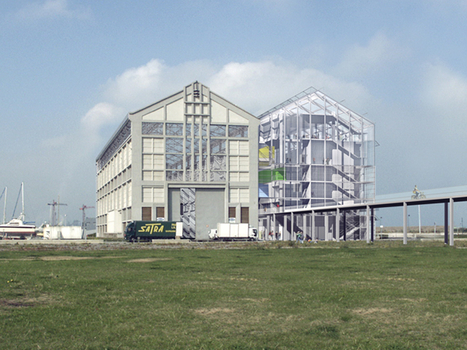
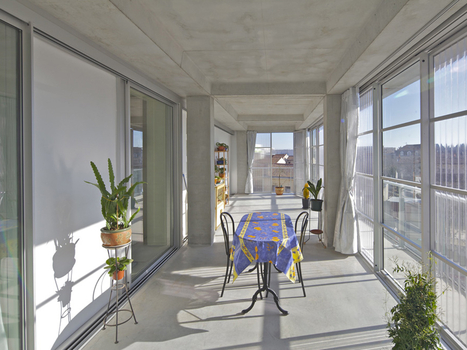
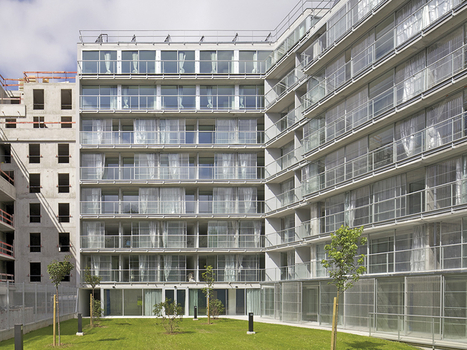
After years of architecture competitions (and hopefully many more) the core values still remain the same: to be active in competitions beyond borders, explore the creative freedom, develop and be inspired and hopefully bring a strong vision to the table that will fuel fruitful and lasting collaborations! The beauty of projects like the ones in Europan is the inclusive collaborative nature of these in the following stages due to their scale and complexity. Having worked in the early stages (competition) as a sole architect I am extra excited to have a vision which may bring all involved parties together with a common goal and open up to collaborations.
6. Is it the first time you have been awarded a prize at Europan? How could this help you in your professional career?
Due to the age restriction, Europan 16 marks the closing of a personal 10 year cycle dedicated to international architecture competitions. What a fine way to ‘end’ this trajectory (#almost40) of 5 consecutive Europan sessions, among many other competitions, with a win of particular importance: architecturally, professionally and symbolically. Earlier notable moments are: Europan 11 (NL) (special mention), Europan 13 (NO) (shortlisted), Europan 15 (NL) (shortlisted). I hope this winning project will proceed further to implementation, a stage I am very much looking forward to, as it means opening up to collaborations and working with stakeholders and local actors. Furthermore I do hope it brings more attention to my work and allow me to expand my practice.
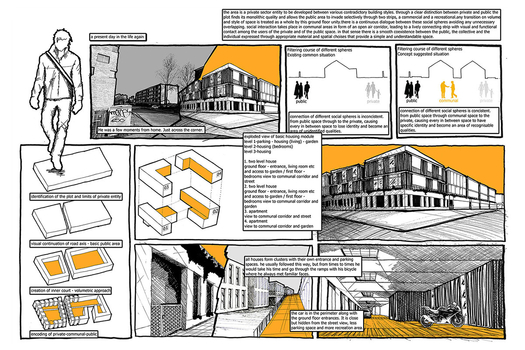
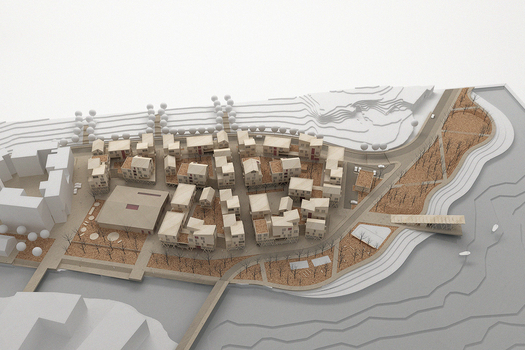
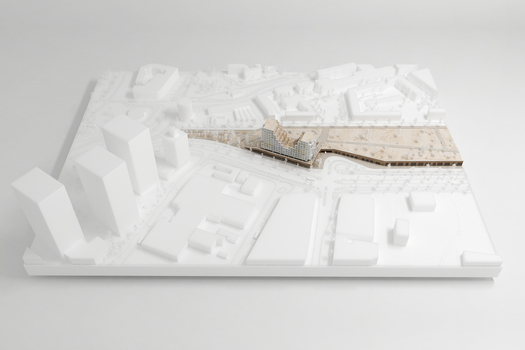
Agence : Michalis Ntourakos
Fonction : architecture, ingénieurie
Âge moyen des associés : 39 ans





